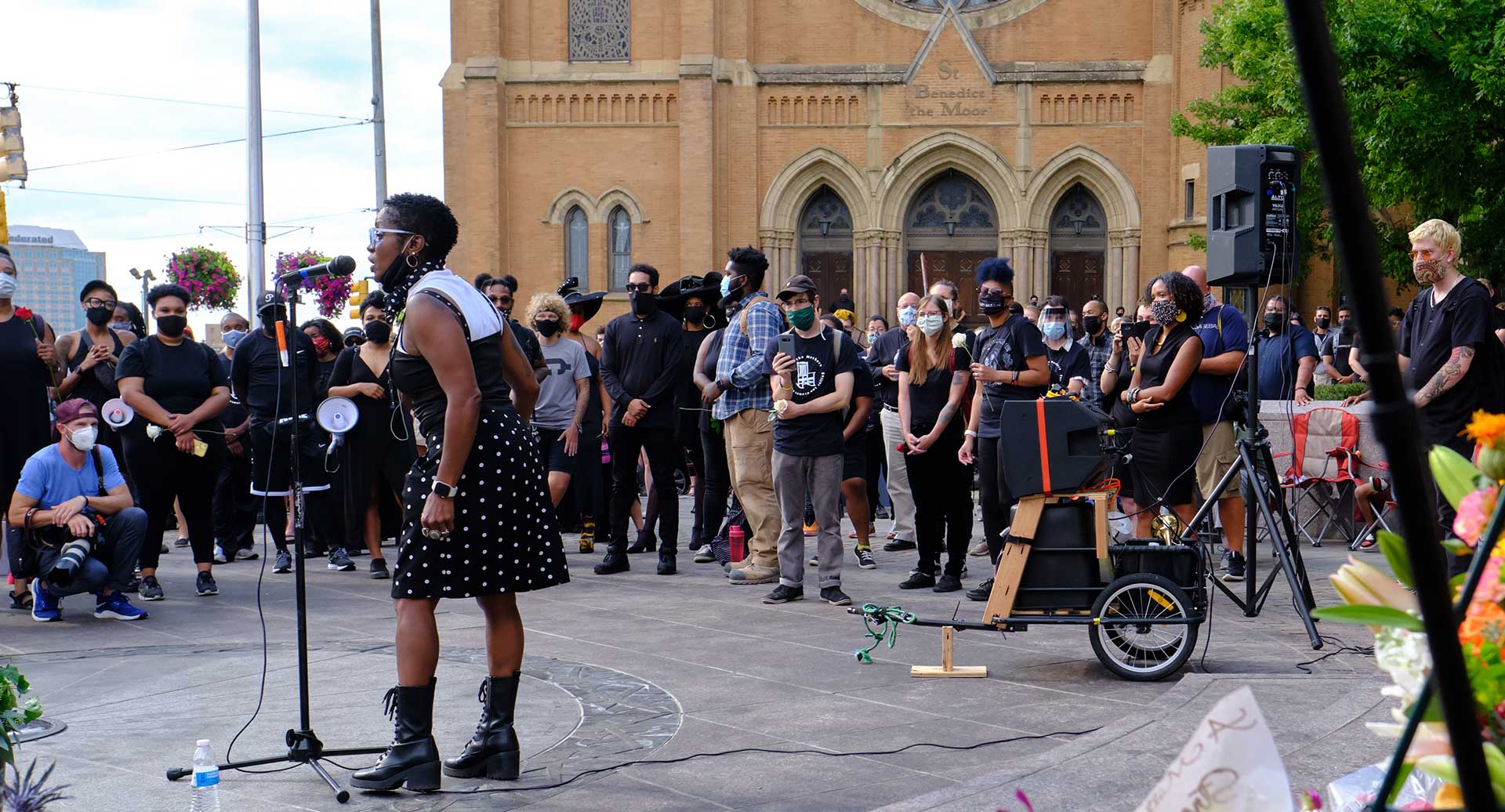Community Restoration and Prevention of Violent Crime
SCOPE OF PROBLEM:
Cities around the country are experiencing an increase in gun violence and other violent crimes. According to Gun Violence Archive data, by March 23rd the number of mass shootings in the United States was up 57% in 2021 when compared to the same date in 2020. Nationally, we saw a 38% increase in the number of teen lives (ages 12-17) taken by gun violence from 2019 to 2021, and data indicate we are on track for another increase in that statistic. According to homicide data gathered through the City of Pittsburgh’s Interactive Crime Dashboard, we experienced a 26% increase in homicides from 2019 to 2020; 87% of which were committed with the use of a firearm.
PROPOSED SOLUTION: THE VILLAGE STRATEGY
The approach is based on the concept that it takes a village to raise a child, and a village to restore a community. This is a holistic plan to leverage community assets on every level to prevent the start of or escalation of violence.
This plan provides support, services and accountability from stakeholders within vulnerable communities. When support comes from within a community, that help is more receivable than when it’s provided by missional institutions outside the community. So while we will leverage a broad scale of violence prevention resources, every effort will be made to secure a multitude of support partnerships from businesses, universities, faith communities, chambers of commerce and neighborhood associations that have a long term stake in the success and thriving of the communities in which they are located.
We will also provide consistent & positive messaging around our violence prevention efforts. This messaging will be represented by consistent branding which will appear on yard signs, window decals, stickers, hats, t-shirts and other evergreen assets and apparel. The goal will be to send a consistent message of support and alternative solutions to members of a community at risk for perpetrating acts of violence or at risk for retaliation or escalation.
The messaging will also be inclusive (able to be used in a broad spectrum of contexts and locations) and positive in nature to prevent further stigmatization of already vulnerable and underserved communities. By contrasting example, communities who post “Stop shooting. We love you” signs risk deterring home buyers, entrepreneurs or investors.
Our goal is to blanket the city with reminders that we have community standards against violence, but also that we see perpetrators of violence as whole people who, given access to the necessary resources, would not choose to perpetrate these crimes. We want adults and teens vulnerable to participation in violent crime to see visible reminders in as many places as possible that there is accountability but also support available to them.


